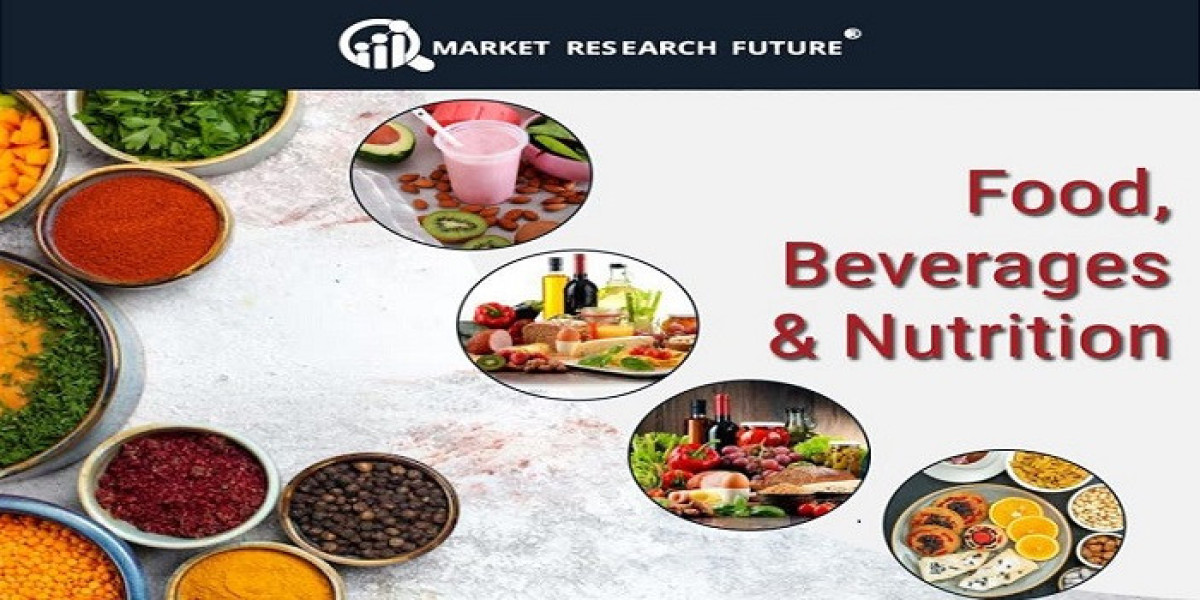Caviar—once the hallmark of elite dining—has begun to transcend its image as a niche luxury, emerging as a fast-growing industry with strong potential. According to the Market Research Future report, the global caviar market was valued at USD 0.33 billion in 2023 and is projected to nearly double to USD 0.69 billion by 2032, growing at a CAGR of 9.25 % from 2024 to 2032.
What Is Fueling the Surge?
Aquaculture & Sustainable Farming
The scarcity of wild sturgeon, due to overfishing and regulatory controls, has pushed producers toward aquaculture techniques. Controlled fish farming reduces ecological pressure and offers scalability.Health & Wellness Appeal
Caviar is rich in omega-3 fatty acids, vitamins (A, E, B12), iron, and selenium. This nutritional profile has increased interest from the health-conscious consumer base, positioning caviar not just as an indulgence but as a wellness food.Expansion into Cosmetics & Pharmaceuticals
Beyond food, caviar extracts are being used in skincare for their moisturizing and antioxidant properties. This diversifies demand and provides further growth tailwinds.Growth in Emerging Regions
The Asia-Pacific region already commands over 30 % share. Rising incomes, growing gourmet food culture, and expanding distribution networks are accelerating adoption.Premiumization and Branding
Producers are increasingly differentiating through origin, certification, and sustainability claims, creating premium segments and justifying higher price points.
Market Segments & Dynamics
By Type (Species):
The caviar market is segmented into Sevruga, Osetra, Beluga, and “Others.” Sevruga often leads in revenue share due to a balancing of quality and cost.By Distribution Channel:
Hotels & restaurants remain the dominant channels, as caviar is frequently consumed in fine dining settings. These channels are also projected to grow fastest over the forecasting period.Regional Outlook:
Asia-Pacific leads with ~30.4 % share (as of 2022), followed by Europe and North America. The region benefits from both supply capacities (e.g., aquaculture in China) and strong demand growth.
Challenges & Risks
Regulation & Conservation:
Strict rules on sturgeon fishing (e.g., CITES) restrict wild catch volumes and may raise production costs.Supply Volatility & Price Pressure:
Fish-health risks, feed costs, and environmental factors can cause supply fluctuations.Counterfeits & Fraud:
The premium nature of caviar invites adulteration and mislabeling, which can erode consumer trust. (See also news coverage on caviar fraud in Europe.)High Entry Barriers:
The capital, technical know-how, and regulatory compliance required make it hard for newcomers to compete.
Outlook & Strategy Suggestions
Invest in Vertical Integration:
From hatcheries to final packaging, integrating operations can help control quality and costs.Lean into Sustainability & Traceability:
Certifications, blockchain for supply chain tracking, and eco-friendly branding will gain traction.Focus on Emerging Markets:
Asia, Latin America, and parts of Africa represent underpenetrated markets with rising premium-food demand.Product Innovation:
Lower-salt, flavored, or derivative caviar-based products can help capture adjacent consumer segments.
In summary, the caviar market is shifting from an exclusive indulgence toward a promising growth industry. While challenges remain, the interplay of sustainable practices, health appeal, and geographic expansion offers compelling opportunity for producers, distributors, and investors alike.






